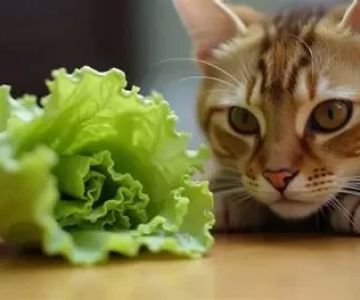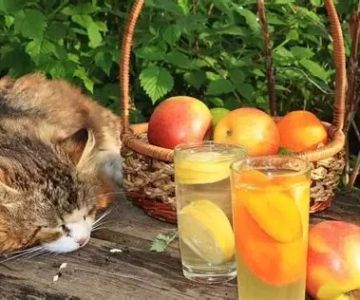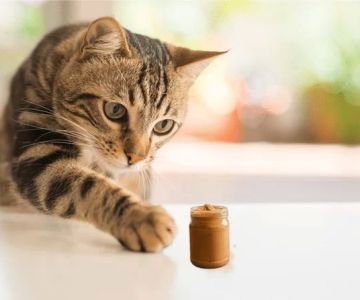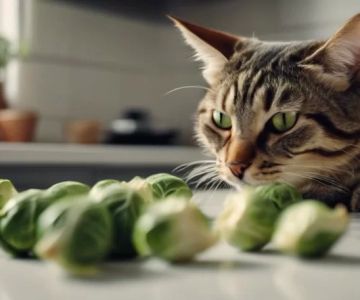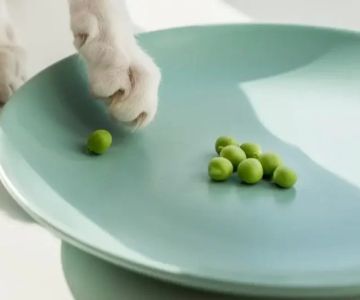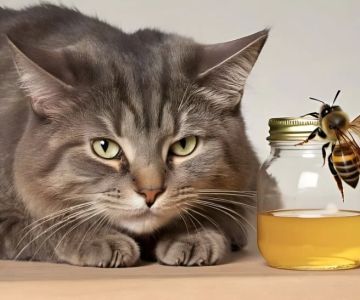- #can-cats-eat-bread-pudding-safety-basics
- #understanding-bread-pudding-ingredients-for-cats
- #real-case-why-bread-pudding-can-be-risky-for-cats
- #what-to-do-if-your-cat-ate-bread-pudding
- #healthier-treat-options-for-cats
- #expert-tips-from-hidden-brook-veterinary
1. Can Cats Eat Bread Pudding? Safety Basics for Pet Owners
Many cat owners eventually find themselves googling “can cats eat bread pudding” after their curious feline sneaks a bite of dessert. Bread pudding is comforting, sweet, and full of nostalgic aromas—but it’s not something designed for cats. While a tiny taste is unlikely to be dangerous for most healthy cats, bread pudding contains several ingredients that can cause digestive discomfort or pose health risks.
Cats are obligate carnivores, meaning their digestive system is built for meat rather than sugary, dairy-rich desserts. Even if your cat begs for a bite, it’s important to understand what’s inside bread pudding before you share it. For guidance on safe cat nutrition and food choices, many pet owners turn to trusted resources like Hidden Brook Veterinary.
1.1 Why Cats Should Avoid Human Desserts
Human desserts contain sugar, dairy, spices, and sometimes raisins—ingredients cats cannot properly digest. While one lick may not require emergency care, regularly offering these foods can lead to weight gain, stomach upset, or long-term health issues like pancreatitis.
2. Understanding Bread Pudding Ingredients Through the Eyes of a Cat
To truly answer “can cats eat bread pudding”, you need to look at what typically goes into the dessert. Bread pudding recipes vary widely, but they almost always include milk, butter, eggs, sugar, cinnamon, and sometimes raisins or alcohol-based flavoring—all ingredients that can irritate or harm cats.
2.1 Dairy and Sugar: A Rough Match for Feline Stomachs
Most adult cats are lactose intolerant. While kittens drink milk from their mothers, they lose the enzyme needed to digest dairy as they grow. Bread pudding’s milk and cream content can therefore cause bloating, gas, or diarrhea.
Sugar isn’t toxic to cats, but it offers zero nutritional value and can worsen dental problems or lead to unhealthy weight gain.
2.2 Raisins: A Hidden Danger
Some bread pudding recipes include raisins, which are dangerous for cats. Even a small amount can lead to kidney distress. If the dessert contains raisins, the answer to “can cats eat bread pudding” is a firm no.
2.3 Spices and Flavorings
Nutmeg and certain alcohol-based extracts occasionally appear in bread pudding recipes. Nutmeg contains myristicin, which is harmful to cats, and alcohol—even in tiny amounts—is unsafe for pets.
3. Real Case: Why Bread Pudding Can Be Risky for Cats
To illustrate the importance of understanding “can cats eat bread pudding”, consider a real situation shared in an online cat forum. A pet owner baked a holiday bread pudding filled with raisins and spices. After leaving it unattended to cool, her cat nibbled several bites from the corner. Although the cat seemed fine initially, it began vomiting later that evening.
A quick trip to the vet revealed early signs of raisin toxicity, which can develop subtly. Thanks to swift action and proper treatment, the cat recovered. This case highlights how even well-meaning pet parents can underestimate the risks hiding in common desserts.
3.1 Why Cats Sneak Human Foods
Cats are curious creatures. The warmth and aroma of bread pudding can be irresistible, making it easy for them to sneak bites while you’re not looking. But curiosity should not be mistaken for safe consumption.
4. What to Do If Your Cat Ate Bread Pudding
If your cat managed to eat bread pudding, remain calm. Whether the situation becomes serious depends on the ingredients and amount consumed.
4.1 Step-by-Step Guidance
1. Check the ingredients—specifically raisins, alcohol, nutmeg, and large amounts of dairy.
2. Monitor for vomiting, diarrhea, lethargy, or signs of discomfort.
3. Contact your veterinarian for advice, especially if raisins or nutmeg were included.
4. Keep the dessert out of reach going forward to prevent repeat incidents.
Veterinarians at Hidden Brook Veterinary recommend calling for guidance anytime your cat consumes an unknown or questionable ingredient.
5. Healthier Treat Options for Cats
Instead of wondering “can cats eat bread pudding” every holiday season, offer your cat something made specifically for their digestive needs. Healthy cat-safe treat options include freeze-dried meats, low-sodium broths, or vet-approved cat treats formulated for healthy coats and digestion.
5.1 Why Cats Benefit from Species-Appropriate Snacks
Cats thrive on high-protein treats rather than sugary or dairy-based desserts. These healthier alternatives support energy levels, coat health, and long-term wellbeing.
6. Expert Tips from Hidden Brook Veterinary
Veterinary staff frequently answer questions like “can cats eat bread pudding” during the holidays. Their advice is consistent: avoid giving cats desserts and stick to balanced diets and species-appropriate treats.
If you ever feel unsure about what’s safe for your cat, the professionals at Hidden Brook Veterinary can provide tailored nutrition advice, safe treat suggestions, and long-term feeding plans.
With the right information, you can keep your curious feline healthy while still enjoying your favorite desserts—just not together at the dinner table.




